Interior Design and Home Decor: Transform Your Living Space
Interior design and home decor are essential for creating comfortable, functional, and aesthetically pleasing living spaces. Whether you prefer modern minimalism, rustic charm, or eclectic vibrancy, the right design choices can enhance your home’s atmosphere and reflect your personal style. From Scandinavian simplicity to industrial chic, discover the diverse options that can inspire your next home makeover.
1Bohemian Style
0 votes
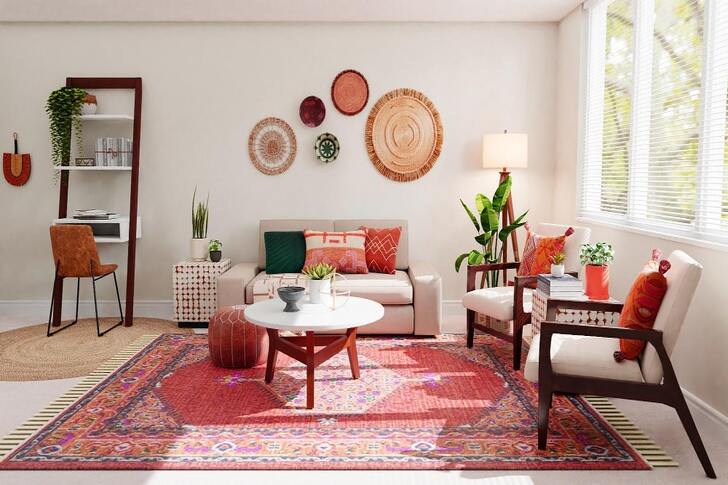
Bohemian, or boho, style is all about creating a relaxed and eclectic atmosphere filled with vibrant colors, patterns, and textures. This style embraces a mix of cultures and artistic expressions, often featuring items collected from travels and flea markets. Bohemian interiors include elements like Persian rugs, macrame wall hangings, woven baskets, and an abundance of plants. Furniture is often low to the ground and includes plush seating arrangements with an array of cushions and throws. Layering is key in boho decor, with a focus on creating a cozy and inviting space. The use of natural materials like wood, rattan, and jute adds to the earthy feel. Bohemian style is perfect for those who love to express their creativity and individuality through their home decor.
0
Do you agree? 0% of people agree with your point of view!
2Contemporary Design
0 votes
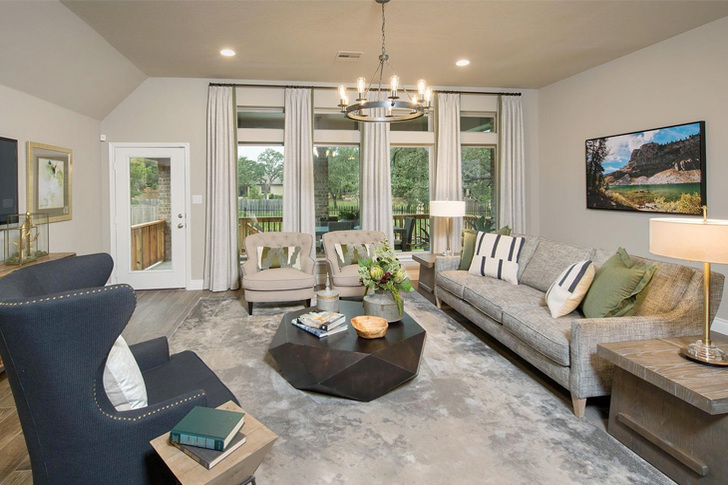
Contemporary design is ever-evolving, reflecting current trends and innovations in the world of interior decor. This style emphasizes clean lines, open spaces, and a neutral color palette with bold accents. Contemporary interiors often feature a mix of materials like glass, metal, and stone, creating a sleek and sophisticated look. Furniture is typically streamlined and functional, with an emphasis on comfort and usability. Artwork and decorative pieces are chosen for their visual impact, often serving as focal points in the room. Lighting plays a crucial role in contemporary design, with a variety of fixtures used to highlight architectural features and create ambiance. This style is perfect for those who appreciate a modern, uncluttered aesthetic that embraces new ideas and technologies. Contemporary design offers the flexibility to adapt and evolve, ensuring that your home remains stylish and relevant.
0
Do you agree? 0% of people agree with your point of view!
3Scandinavian Design
0 votes
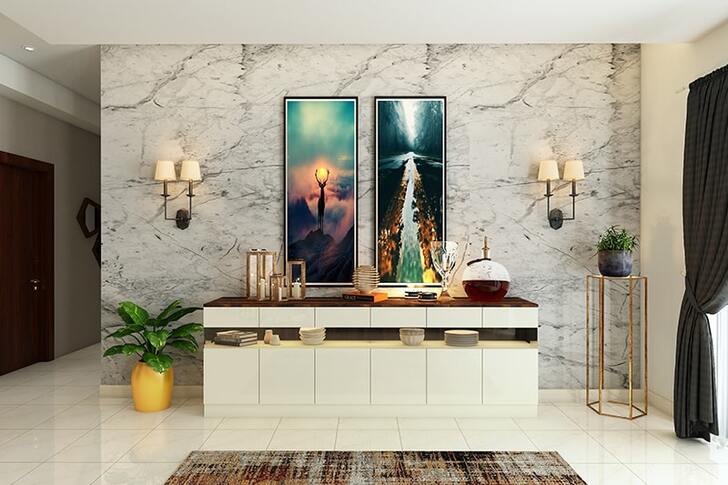
Scandinavian design is known for its simplicity, functionality, and minimalism. This style emphasizes clean lines, neutral color palettes, and natural materials like wood, leather, and wool. Scandinavian interiors often feature white walls, light hardwood floors, and large windows to maximize natural light. Furniture is typically sleek and modern, with a focus on comfort and practicality. Decorative elements are kept to a minimum, creating a clutter-free and serene environment. Plants and textiles, such as cozy blankets and cushions, add warmth and texture. Scandinavian design promotes a sense of calm and relaxation, making it ideal for creating a peaceful and inviting home. This style is perfect for those who appreciate a clean, uncluttered aesthetic that is both stylish and functional.
0
Do you agree? 0% of people agree with your point of view!
4Industrial Design
0 votes
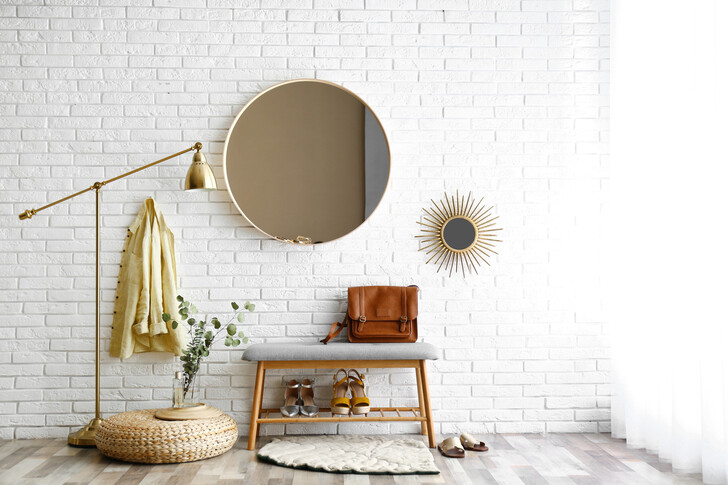
Industrial design is characterized by its raw and unfinished look, inspired by old factories and industrial spaces. This style features exposed brick walls, metal beams, and concrete floors, often paired with salvaged or repurposed furniture. Industrial interiors often use a neutral color palette, with shades of gray, black, and brown dominating the space. Large, open floor plans and high ceilings enhance the industrial vibe. Furniture is typically robust and functional, with a mix of vintage and modern pieces. Lighting plays a crucial role, with fixtures like Edison bulbs, metal pendant lights, and floor lamps adding to the industrial charm. This style is perfect for those who appreciate a rugged, edgy aesthetic with a touch of urban sophistication.
0
Do you agree? 0% of people agree with your point of view!
5Mid-Century Modern
0 votes
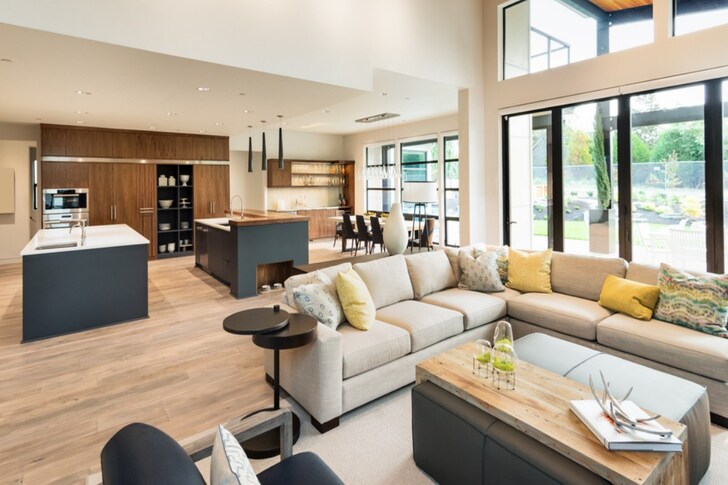
Mid-century modern design is a timeless style that emerged in the mid-20th century, characterized by clean lines, organic shapes, and functional furnishings. This style often features iconic furniture pieces like Eames chairs, Noguchi tables, and George Nelson clocks. Mid-century modern interiors use a mix of natural and man-made materials, including wood, metal, glass, and plastic. The color palette typically includes bold hues like mustard yellow, teal, and orange, balanced with neutral tones. Large windows, open floor plans, and minimal ornamentation are hallmarks of this design. Mid-century modern decor emphasizes form and function, creating a sleek and stylish living space that is both comfortable and visually appealing. This style is ideal for those who appreciate classic design and a sense of nostalgia.
0
Do you agree? 0% of people agree with your point of view!
6Rustic Design
0 votes
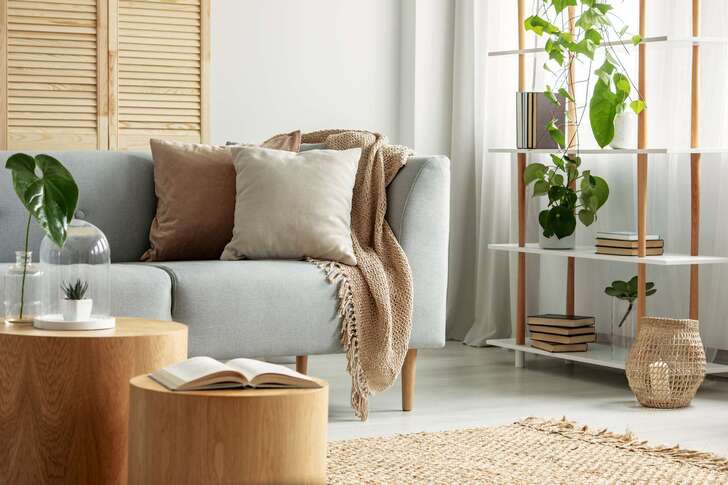
Rustic design is inspired by the natural world, featuring raw, unfinished elements and a warm, earthy color palette. This style often includes exposed wooden beams, stone accents, and antique or handcrafted furniture. Rustic interiors emphasize comfort and coziness, with soft textiles like wool, linen, and sheepskin adding warmth. Decorative elements often include vintage finds, artisanal crafts, and natural objects like branches, stones, and dried flowers. Lighting is typically soft and ambient, with fixtures made from natural materials like wrought iron or reclaimed wood. The rustic style creates a welcoming and homey atmosphere, perfect for those who enjoy a connection to nature and a sense of simplicity. This design approach is ideal for country homes, cabins, or anyone looking to bring a touch of the outdoors inside.
0
Do you agree? 0% of people agree with your point of view!







Recent Comments